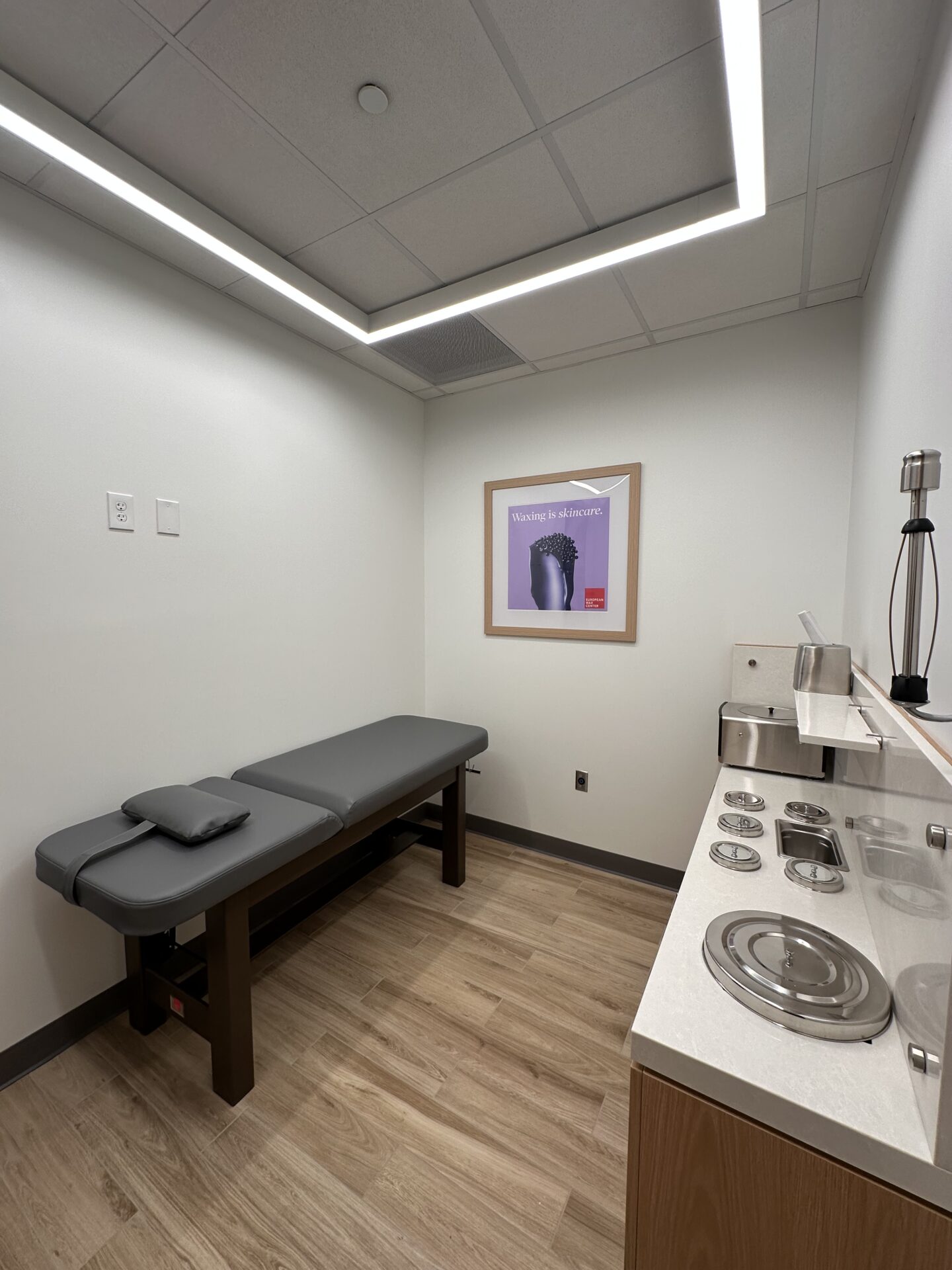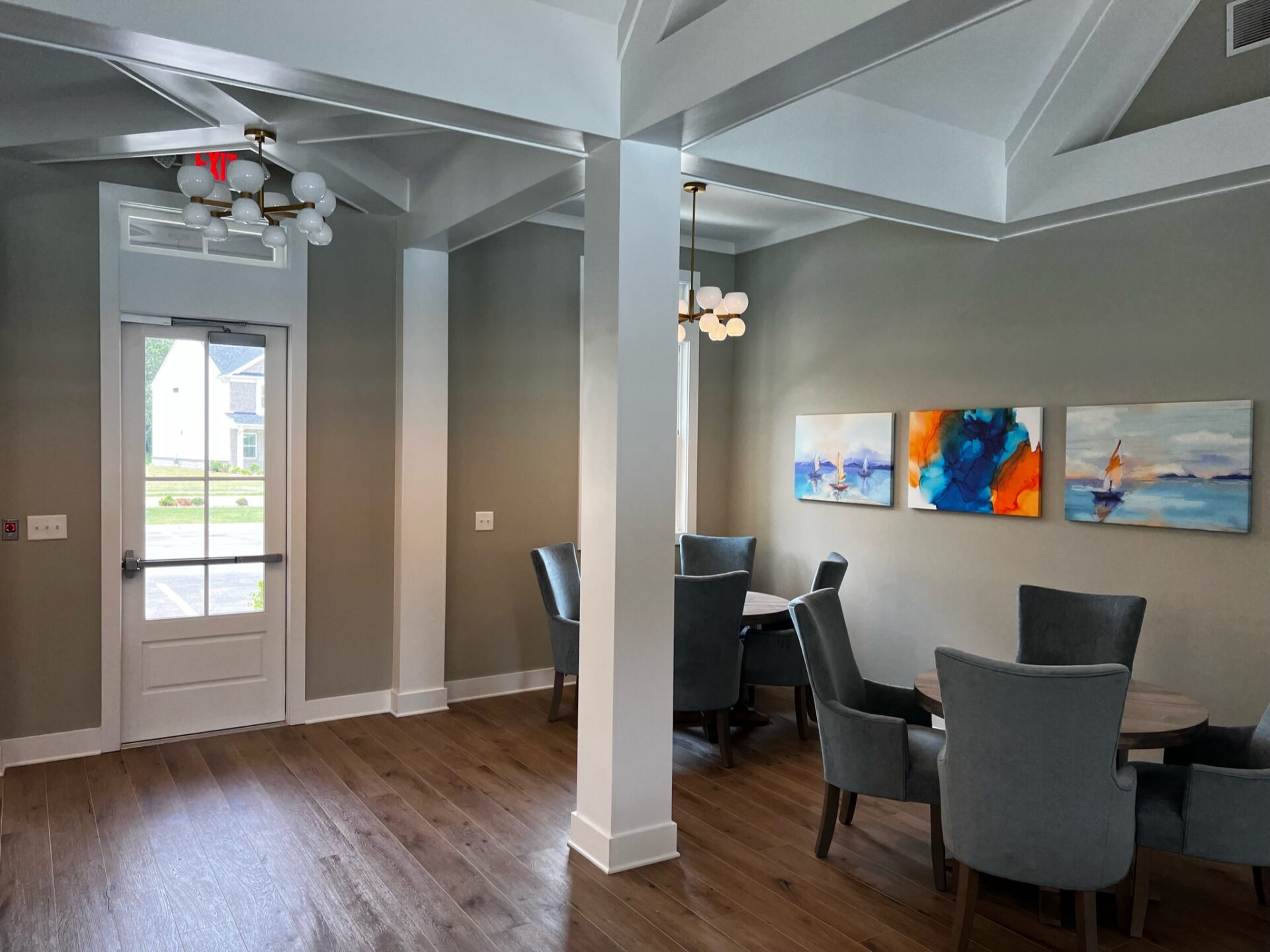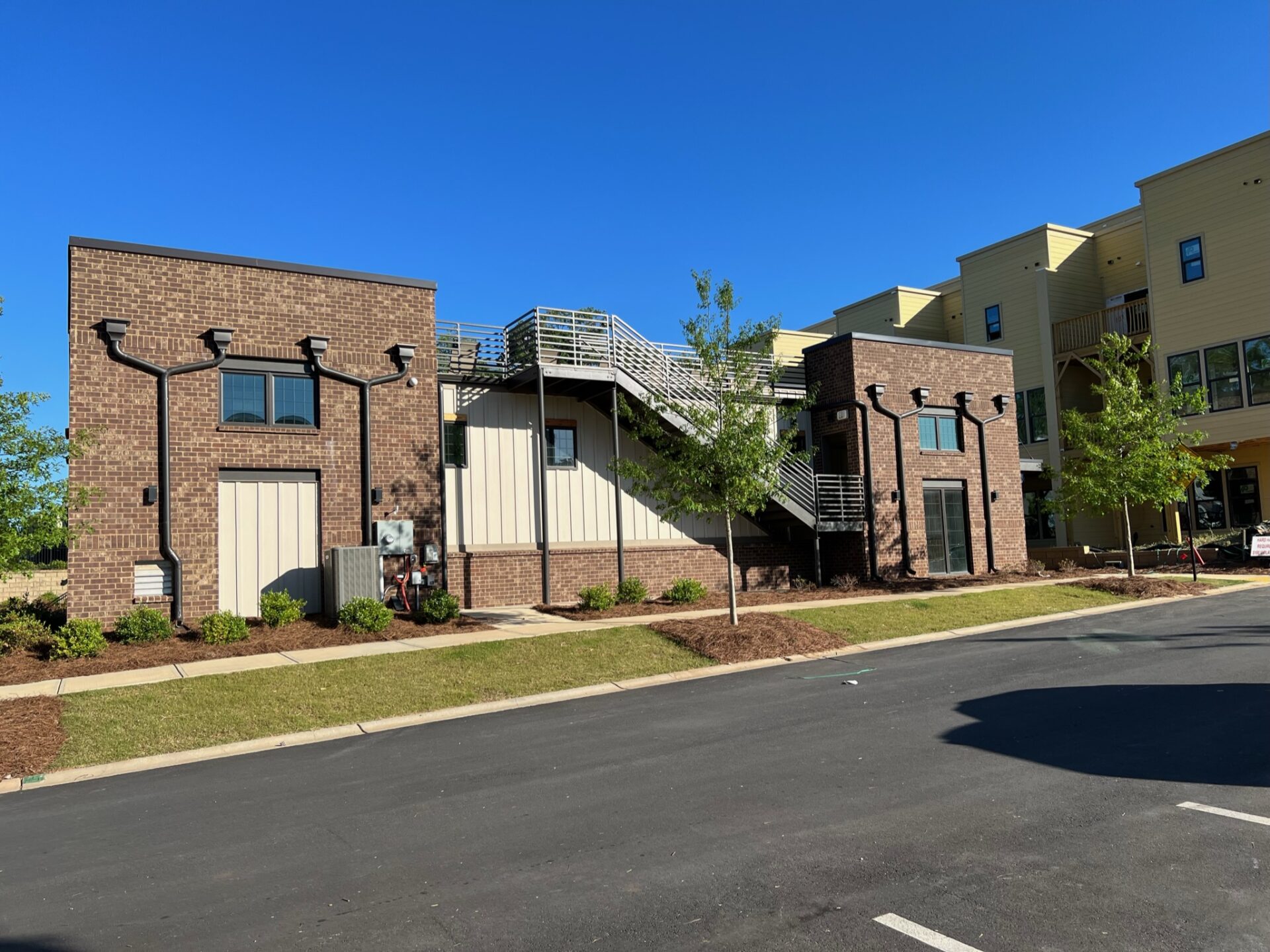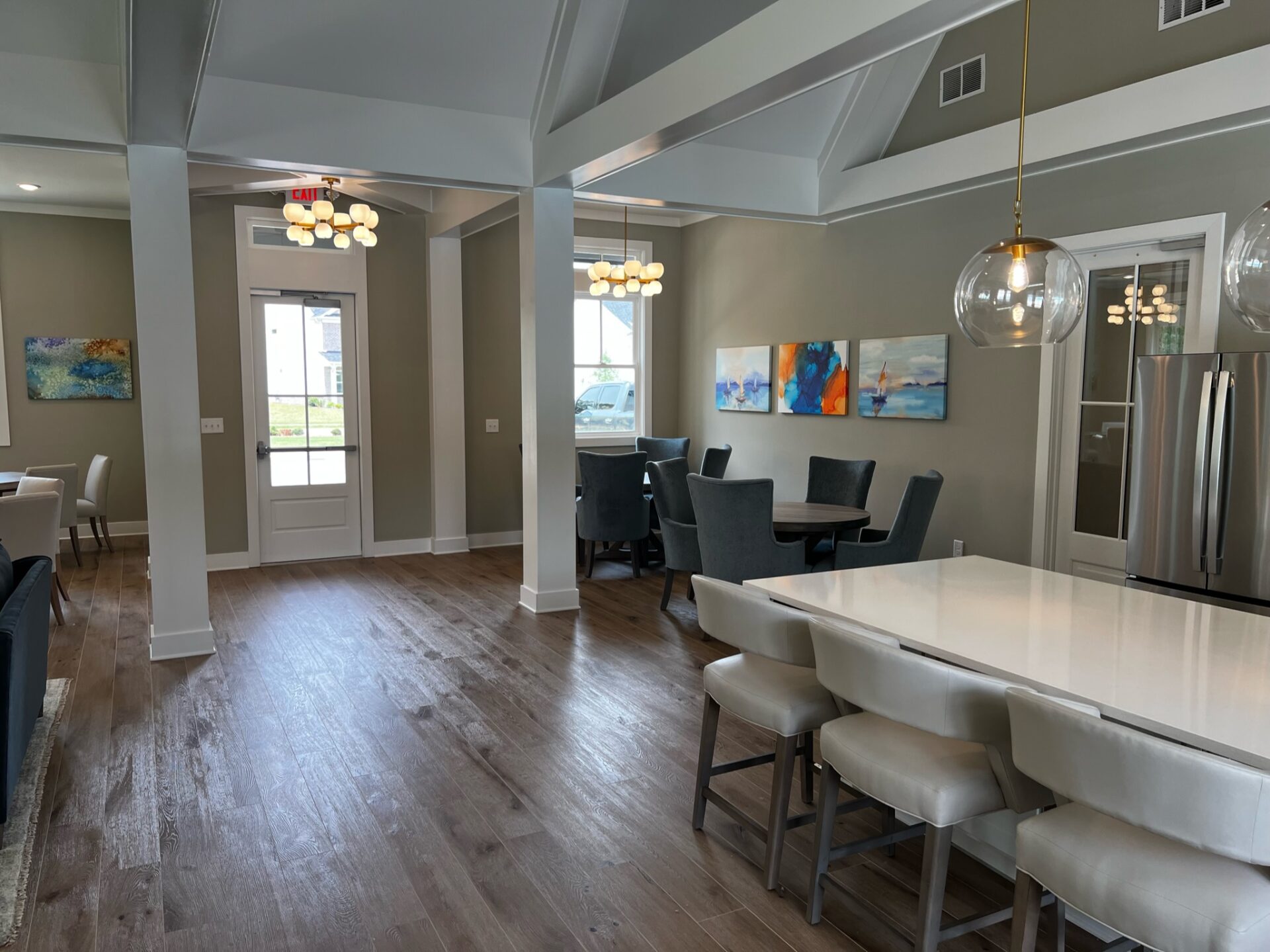Introduction
Choosing the right materials for commercial construction is crucial for the success and longevity of any project. The materials you select can impact everything from the building’s durability to its environmental footprint and aesthetic appeal. Making informed decisions about materials helps ensure that your project meets its goals for both functionality and design.
In this article, we’ll explore the important factors to think about when choosing materials for commercial construction. From understanding material durability to evaluating cost-effectiveness and considering sustainability and aesthetic requirements, each aspect is key to making the best choices for your project.
Understanding Material Durability
Assessing Longevity and Maintenance Needs
When selecting materials for commercial construction, it’s important to assess how long they will last and how much upkeep they will require. Durable materials save time and money by reducing the frequency of repairs and replacements. For example, choosing high-quality concrete and steel can ensure a building remains strong and stable for many years. Consider materials that resist wear and tear, especially if the building will face high foot traffic or heavy use.
Additionally, maintenance needs vary by material. Materials that are easy to clean and maintain can lower operational costs. For instance, tiles might be more sustainable than carpets in certain areas because they are easier to keep clean and free from wear. Understanding these needs from the beginning can prevent unforeseen issues and expenses down the road.
Weather and Environmental Resistance
Weather resistance is another critical factor. Materials should be chosen based on the local climate to withstand weather challenges such as extreme heat, cold, moisture, or strong winds. For example, in areas prone to heavy rain or flooding, using water-resistant materials like treated wood or certain types of metal can prevent water damage.
Environmental resistance also includes considering how materials will hold up against environmental stressors like pollution or UV exposure. Materials like UV-resistant coatings and rust-proof metals can significantly extend the life of the building facade, reducing the need for frequent replacements or repairs.
Evaluating Cost-Effectiveness
Initial Costs vs. Long-Term Savings
Initial cost is an obvious concern, but looking beyond the upfront expense to consider long-term savings is crucial. Higher initial costs for durable, energy-efficient materials can lead to significant savings over time. For example, investing in well-insulated windows and doors might cost more initially, but they can drastically reduce heating and cooling bills.
Balancing these costs requires careful planning and foresight. Spending more on high-quality, energy-efficient materials upfront can provide returns through lower utility bills and less frequent maintenance. This approach ensures that the budget is used wisely and can prevent expensive repairs and replacements in the future.
Availability and Supply Chain Factors
The availability of materials and supply chain stability can also influence cost-effectiveness. Materials that are readily available and easy to source typically cost less and ensure timely project completion. On the other hand, rare or specialty materials may cause delays and increase costs due to transportation and sourcing difficulties.
Evaluating the supply chain for reliability and consistency helps avoid potential disruptions. For example, partnering with suppliers who have a track record of on-time deliveries and quality products can prevent project delays and additional costs. Ensuring that materials are available and easy to procure is vital for maintaining the project’s timeline and budget.
Sustainability and Environmental Impact
Eco-Friendly Material Options
Sustainability is an increasingly important factor in commercial construction. Using eco-friendly materials not only benefits the environment but can also reduce operating costs. Recycled steel, bamboo, and reclaimed wood are excellent options. These materials use fewer natural resources and help minimize waste. For example, recycled steel requires less energy to produce than new steel, making it a more sustainable choice.
Other materials like low-VOC (volatile organic compounds) paints and adhesives are better for indoor air quality. They reduce harmful emissions and create a healthier environment for occupants. Green roofs and solar panels can also turn buildings into energy-efficient structures, reducing the dependence on non-renewable energy sources.
Certifications and Standards to Look For
Choosing materials that meet certain environmental standards is crucial for sustainability. Look for certifications like LEED (Leadership in Energy and Environmental Design) and Energy Star. These labels ensure that materials meet high sustainability standards. For example, LEED certification can improve a building’s energy efficiency and reduce waste.
Another important certification is from the Forest Stewardship Council (FSC), which ensures that wood products come from responsibly managed forests. Using certified materials can enhance a building’s green credentials and often leads to incentives and tax breaks. These certifications also reassure clients and occupants that the building meets high environmental standards.
Aesthetic and Functional Considerations
Matching Design Preferences and Functional Requirements
The materials you choose should align with the building’s design aesthetics and functional needs. For example, modern office buildings often use glass and steel for a sleek, contemporary look. On the other hand, healthcare facilities may prefer materials like vinyl, which is easy to clean and maintain.
Each material has unique qualities that make it suitable for different uses. Stone and brick add a classic appeal and are very durable, making them ideal for exterior facades. Choosing the right materials ensures that the building not only looks good but also performs well under its specific conditions.
Integration with Existing Structures
When renovating or expanding a commercial property, integrating new materials with existing structures is key. Seamless integration maintains the building’s overall aesthetic and structural integrity. For instance, if you’re adding a new wing to an old brick building, using a similar type of brick can help blend new and old sections.
Consider how new materials will interact with existing ones. Some materials may require special treatments or joinery techniques to ensure compatibility. Proper integration prevents issues like structural weaknesses and aesthetic mismatches, ensuring a cohesive and sturdy final product.
Conclusion
Selecting the best materials for commercial construction is a complex but essential part of any project. Material choices affect not only the look and durability of a building but also its cost-effectiveness and environmental impact. By focusing on durability, cost, sustainability, and aesthetics, you can make informed decisions that will benefit your project in both the short and long term.
Navigating these options might seem overwhelming, but professional guidance can make a significant difference. Expert advice ensures that you choose the best materials suited for your specific needs and conditions. Every project is unique, and tailored solutions guarantee the best outcomes.
Ready to enhance your commercial building project with the right materials? Contact Robert Long Construction to get expert advice and high-quality service. Let’s build something great together!
